If you are eager to get outside and explore, you have likely come across two words that seem almost interchangeable: trekking and hiking. They both involve walking through natural settings, yet the scope, planning, and gear requirements can vary a lot. In this guide, we'll break down hiking vs trekking, outline what each activity demands, and offer advice on choosing the right equipment so every mile feels rewarding rather than exhausting.
What is Hiking?
Hiking is a non-technical walk on a marked path or well-beaten track, usually completed within a one or a few days. Most hikes cover around 3 and 15 km (This is just an estimate) and stay below the snow line. In the case of hike single day, you start early, pack light, return before dark, and sleep in your own bed afterward. In the case of a few-day hike, likewise, you carry a light backpack and spend the night in a cottage or hostel with all the necessary sanitary services (you do not camp).
Because hikes are shorter and the terrain has not many slopes and is well signposted, common-level fitness, lightweight footwear, a small day-pack, water, and snacks usually cover the essentials.
What is Trekking?
Trekking involves multiple days of walking on mixed and remote terrain, with many slopes, sometimes without a clear and signed trail; full adventure! You carry everything you need to eat, shelter, and weather changes, like tents, camp stoves, among others. Or, the trekkers can rely on porters to carry all their things (This will depend on your tour operator, if you have someone).
Distances can exceed 50 km spread across several days or weeks, and the path's altitude gain can be considerable. Logistics, mapping, and endurance training matter much more in a trek than in a hike.
Hiking vs Trekking: Differences
Feature | Hiking | Trekking |
Duration | 2–10 hours, one-day return. A maximum of a couple of days. | 2 days to several weeks |
Load | 5–10 kg day-pack | 12–25 kg backpack or porter load |
Accommodation | Home, lodge, or campsite nearby | Camps, refuges, teahouses, huts |
Terrain | Marked trails, modest altitude | Wild paths, high passes, glacial |
Skill level | Basic map reading | Advanced navigation, first aid |
Hiking vs Trekking: Quick Comparison
A big part of the trekking vs hiking discussion comes down to how much time you have to complete each experience and how far from help you will be (a modern city nearby). A Saturday morning loop around familiar hills lets you test new shoes without worrying about nightfall. A two-week crossing of the Andes or Machu Picchu surrounding areas, like the famous Inca Trail, means living with changing weather, high altitude, and fewer exit points to modern towns.
Physical Demands and Preparation
Hiking vs trekking also differs in training. For hikes, weekly cardio and body-weight exercise help prevent fatigue, but do not require months of build-up.
Trekking requires stamina for constant elevation change while carrying extra kilograms. Progressive overload, pack training, and altitude acclimatization plans reduce injury risk on longer routes.
- Time frame: If you are limited to weekends, hiking is practical. Long holidays open possibilities for treks.
- Fitness level: Build endurance gradually; never jump from short walks to high-altitude expeditions.
- Budget: Multi-day treks carry costs for permits, guides, and technical gear.
- Goal: A hike refreshes you in hours; a trek immerses you in an extended wilderness journey.
Trekking vs Hiking Gear Essentials
Because the environment and duration change drastically, a single gear list rarely works for both activities. Therefore, below you will find head-to-toe guidance with the required keyword pieces of equipment necessary for each activity.
Trekking shoes vs hiking shoes
Light hiking shoes are low-cut, flexible, and breathe well. They suit warm-weather day routes with light packs. On the other hand, trekking shoes are mid-cut or high-cut for ankle support, incorporate stiffer midsoles for heavy loads, and often add waterproof membranes to face rain. If your path includes sharp scree or river crossings, the added protection of trekking footwear helps avoid bruises and blisters to your feet.
Hiking staff vs trekking pole
A hiking staff is a single support stick, since some hikers like its simplicity while hiking. A modern hiking staff vs trekking pole comparison. However, shows advantages to collapsible dual trekking poles. Two poles help with balance when side-hilling, reduce knee stress on descents, and pitch ultralight shelters. If you plan multi-day treks, adjustable aluminum or carbon poles (trekking) offer better support than a wooden staff (hiking).
What to wear for
Since both activities are carried out outdoors and on natural terrain, unlike shoes, boots, or poles, everything else is similar.
- Base layer: Quick-drying technical t-shirt (no cotton).
- Second layer: Fleece or a light coat to keep you warm.
- Third layer: Windbreaker or waterproof jacket in case of rain or wind.
- Lightweight, stretchy, and durable: Convertible jackets (which turn into shorts) are best.
- Trekking boots or hiking shoes with good grip and ankle support.
- Wear technical socks to avoid blisters.
- Sun protection and also protection from the cold, depending on the route.
- Gloves and a thermal buff/neck gaiter are especially useful in high altitude areas or in changeable weather.
Take note
If you like this information, we invite you to support us so you can receive new posts with valuable information, TreXperience is competing for best travel agency at the 2025 World Travel Awards. Vote for us!
What to bring
- A comfortable backpack (15-30L for one day) with lumbar support and a chest/waist strap if the route is long.
- Water: Bring at least 1.5 to 2 liters. It's best to use a hydration system or reusable bottles.
- Energy snacks, nuts, energy bars, dried fruit, or chocolate.
- Sunscreen and repellent are essential, even on cloudy days.
- A basic first-aid kit with band-aids, disinfectant, pain reliever, bandages, and purification tablets (if applicable).
- A flashlight or headlamp, in case the trail gets longer or starts to get dark.
- Trekking poles: They're very helpful on climbs, descents, or if you're carrying heavy objects.
- Trash bag: Bring everything you carry back. Let's protect nature.
- A map or GPS of the route, or whatever app you use, but with enough battery or a portable charger.
Hiking vs Trekking with kids
Keep It Easy and Fun! Hiking with little ones? It doesn’t have to be a struggle. Go for shorter, easier trails that are perfect for a relaxed day out with toddlers. And if tiny legs get tired, no worries; bring a stroller made for the outdoors! These all-terrain strollers come with suspension to keep your child comfy and secure, even on bumpy paths.
Planning a longer trek? You can still bring your kid along with a child carrier backpack. Just make sure to choose one with an adjustable back panel and a supportive hip belt; your back will thank you when the trail gets tough!
Safety and Environmental Impact
Whether you choose trekking vs hiking, minimizing risk and respecting nature are non-negotiable. Share your route, carry a satellite communicator if mobile coverage is absent, and learn basic wilderness first aid. Stick to established paths to avoid erosion, use reusable containers, and follow pack-in-pack-out principles. In the fragile Inca Trail or Peruvian Amazon, consider hiring certified local guides who implement Leave No Trace habits.
The hiking vs trekking debate is less about choosing sides and more about matching the adventure to your abilities and aspirations. Start small, refine your skills, invest in quality gear that suits your terrain, and let every step teach you something new. Happy trails!
Frequently Asked Questions
Is trekking harder than hiking?
Generally, yes, due to heavier packs, longer days, and higher altitude.
Can beginners try trekking?
With guided support and staged mileage, motivated beginners can complete short treks.
Do I need poles for hiking?
Poles are optional for day hikes but strongly recommended for steep or multi-day treks.

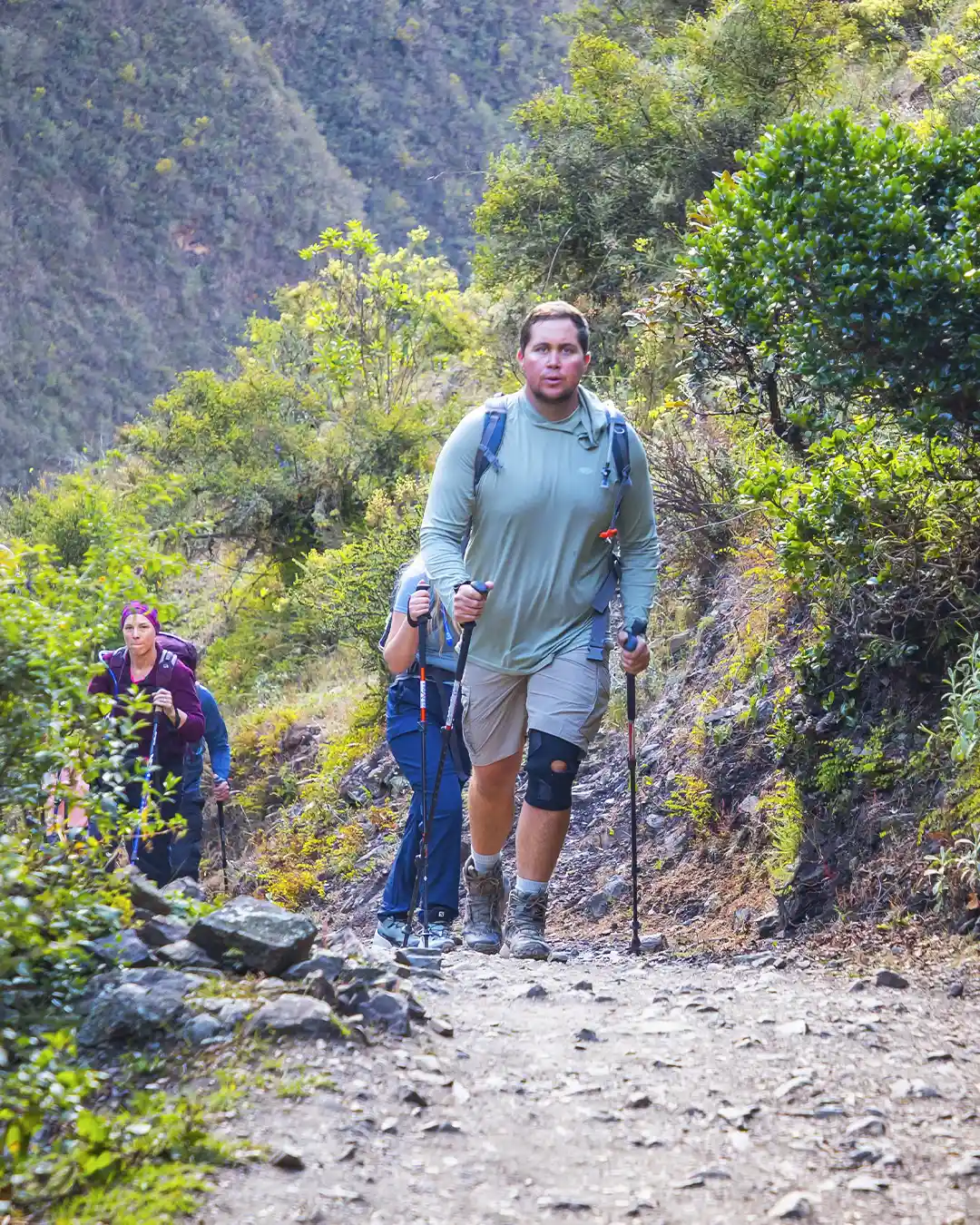
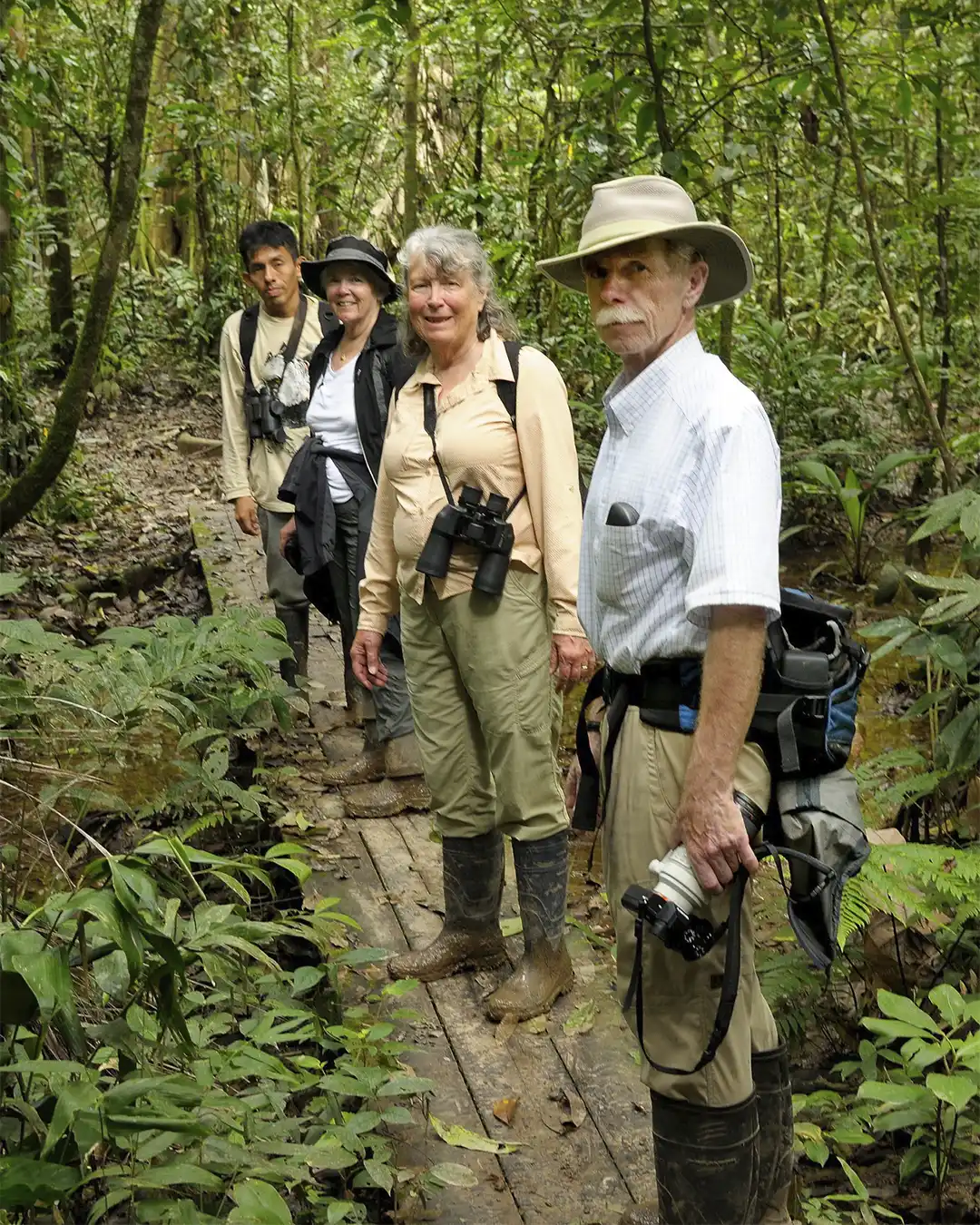

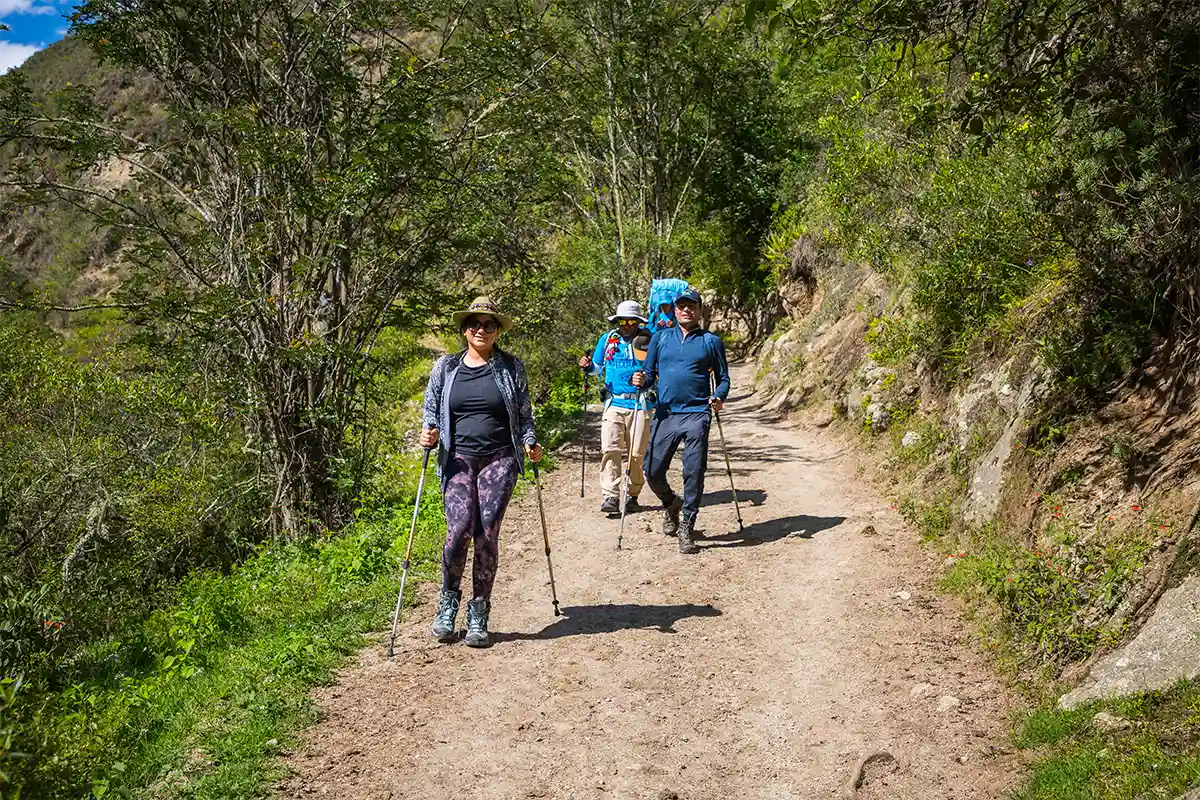
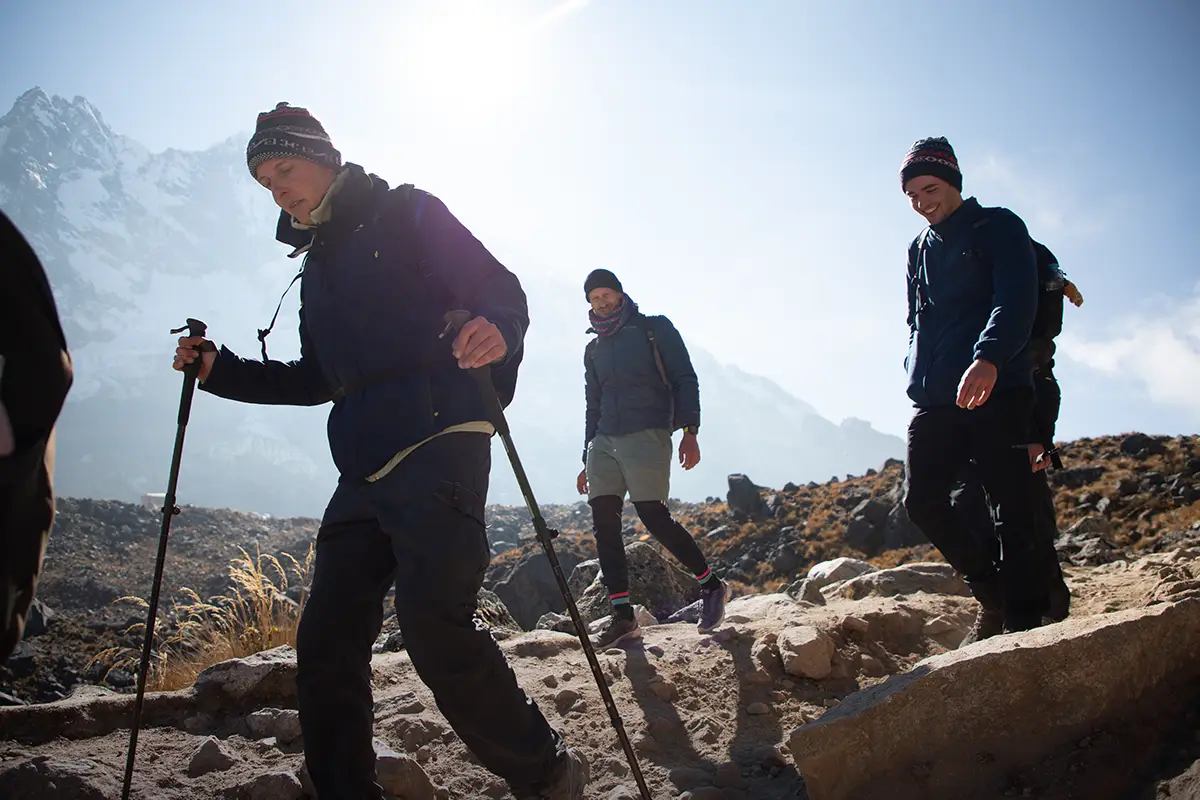
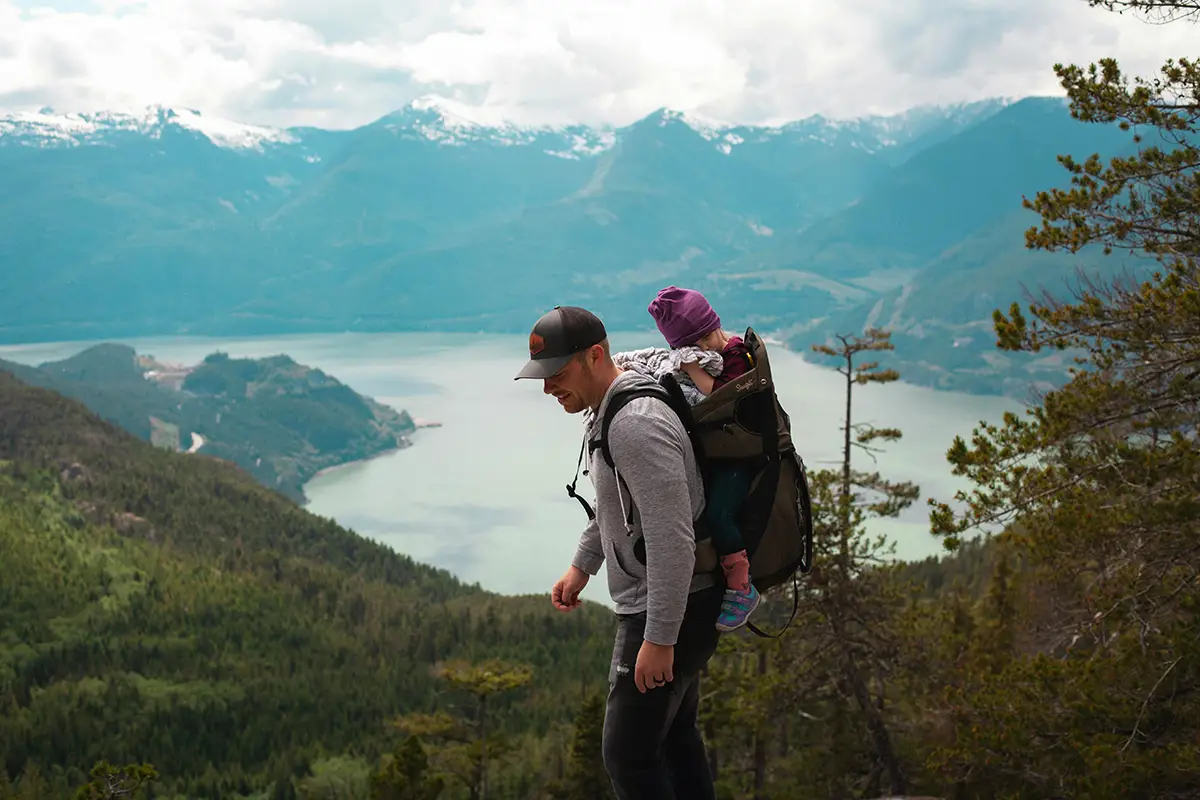

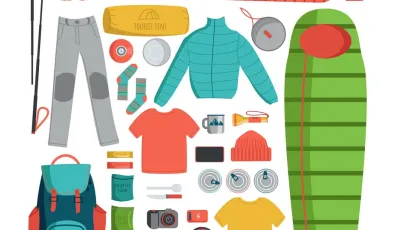
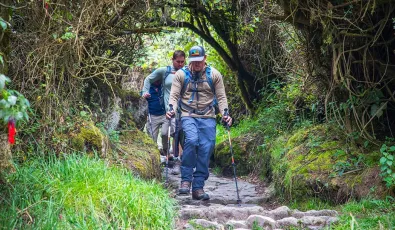

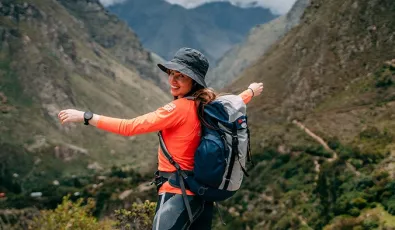
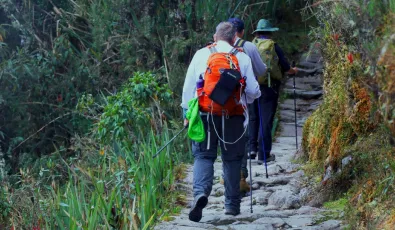
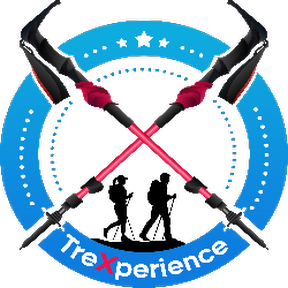
Add new comment